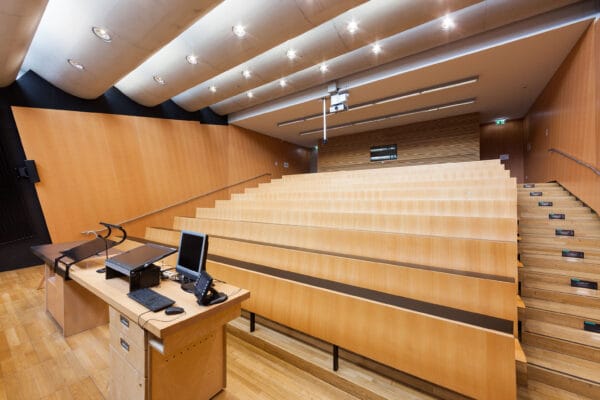
NAME:
SOWI - HS 2
BUILDING:
SOWI
FLOOR:
0
TYPE:
Lecture Hall
CAPACITY:
80
ACCESS:
Only Participants
EQUIPMENT:
Beamer, PC, WLAN (Eduroam), Overhead, Flipchart, Blackboard, Sound System, Handicapped Accessible, Light Installation
In the early 1990s a newly formed GEWEX Program (Then called the Global Energy and Water cycle Experiment now: Global Energy and Water EXchanges project) launched several regional studies to measure and model regional variations in the water and energy cycle. A continental scale experiment (CSE) was needed to develop the ability to measure and model the components of the water and energy cycles over a macroscale land surfaces from smaller scale observations. These projects are now called Regional Hydroclimate Projects and are much broader than just the geophysical science and cover the entire earth system. In the over the 30 years since the first of these projects much has changed. Currently, there are two mature Regional Hydroclimate Projects in Asia, ASIAPEX and Third Pole Environment – Water Sustainability and a new one is being developed in Central Asia. These projects are not operating in a vacuum and have numerous links to other activities, organizations and institutions. A very important aspect of mountain hydrology is the observation, modeling and prediction of precipitation. Mountainous regions have large variability in precipitation in both time and space. Earth observation techniques can help but these also suffer from observational drawbacks in mountainous regions. In this presentation we show the latest developments of these projects, how they relate to other hydroclimate research activities in the region and potential future directions with an emphasis on past precipitation observations and modeling in mountainous environments and what new avenues can be explored to address the various challenges.

We and use cookies and other tracking technologies to improve your experience on our website. We may store and/or access information on a device and process personal data, such as your IP address and browsing data, for personalised advertising and content, advertising and content measurement, audience research and services development. Additionally, we may utilize precise geolocation data and identification through device scanning.
Please note that your consent will be valid across all our subdomains. You can change or withdraw your consent at any time by clicking the “Consent Preferences” button at the bottom of your screen. We respect your choices and are committed to providing you with a transparent and secure browsing experience.